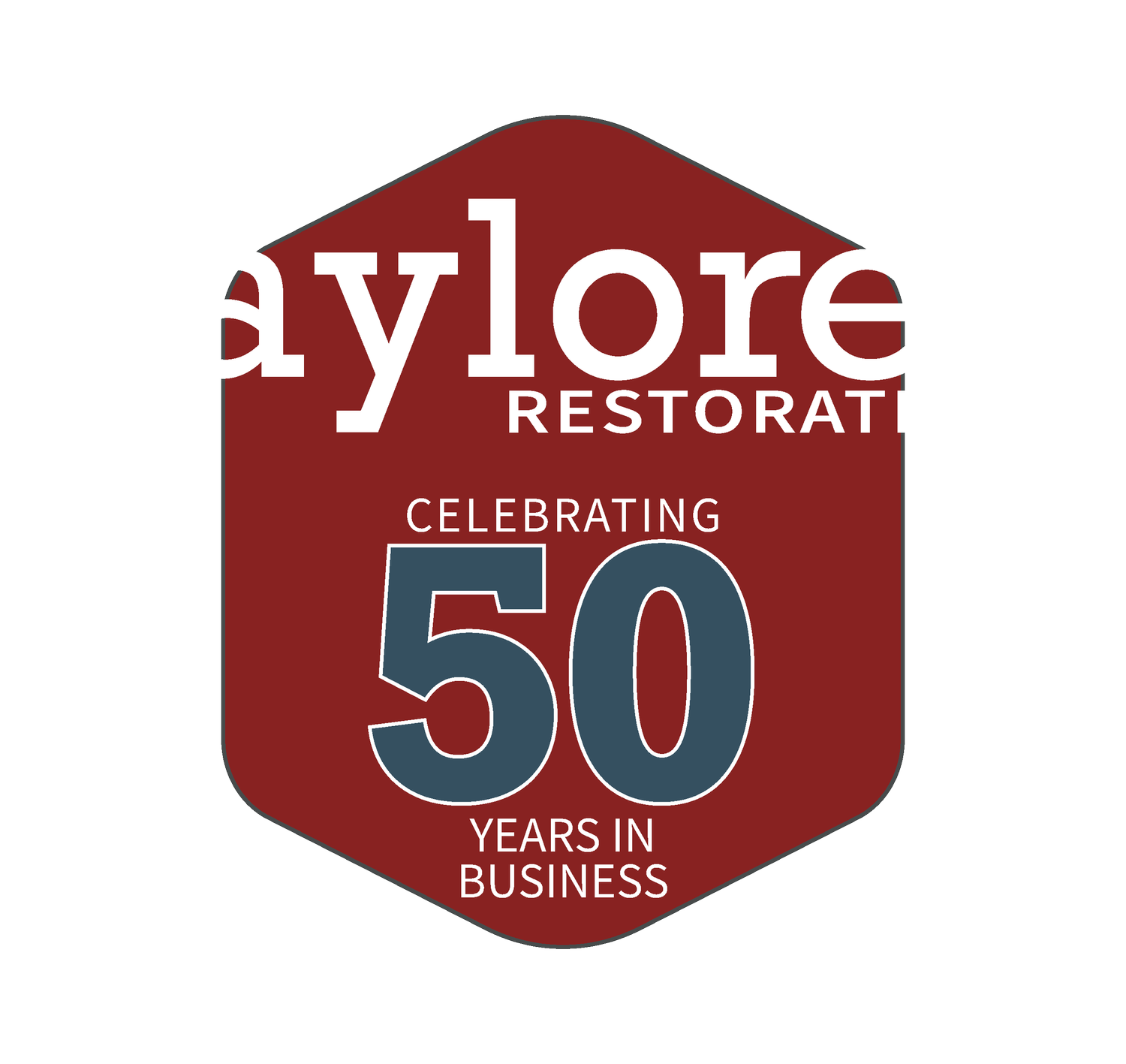What to Do After a Flood
There are many reasons why your house might flood: Heavy rains, spring run-off from a rapid snow melt, a sewage backup, a broken pipe, or even an appliance overflowing. The amount of water could be minimal and confined to a small area, or it could be several inches deep covering your entire basement. Either way, the potential for damage is the same and you need to take it seriously.
Most homeowners are worried about getting their houses back to looking good. They think more about redecorating the space than restoring the damage. But it’s not just a matter of cleaning up the water, re-painting, and replacing some carpet. Your first priority should be to make sure that your home is safe.
Water damage creates the perfect environment for mold and poor indoor air quality, causing hay fever-type symptoms, such as sneezing, runny nose, red eyes, and skin rashes. If your post-flood restoration isn’t done properly the contamination from bacteria or mold caused by water damage can affect your family’s health, not to mention your home’s structure.
It’s important to act quickly because this will help stop further saturation, damage, and mold spores from growing. So, what should you do? Follow these steps:
Call your insurance company. In many cases, you need to make sure you report flood damage within 24 hours to ensure it will be covered.
Hire a clean-up company. Any water in your home needs to be pumped out by a trained professional. All debris and anything that’s been saturated must be removed. If there is sewage waste, it requires extra precautions. Leave this one to the pros.
Find a Contractor. You need a specific type of contractor who has plenty of experience restoring water-damaged homes.
Hire a licensed Electrical Contractor. Water and electricity don’t mix. This is a crucial step to ensure that this is taken care of, especially if the water rose as high as your electrical panel, outlets, or switches. Be sure to have it checked thoroughly before turning on any power.
Hire an HVAC Specialist. Ensure your heating and cooling system have not been damaged by flood waters.
Replace your floors. No matter what type of flooring you have - laminate, hardwood, carpeting, and tiling, should be ripped out. Any wet wood or oriented strand board will lead to mold and it’s always better to get rid of it completely.
Open up your walls. Mold will hideout and grow where ever moisture leads. Have your contractor open up your walls so your studs and drywall can dry out completely.
Get an air test. Way too many families opt out of an air test inside their homes. After a flood, you must test the air quality of your home to confirm it matches outdoor conditions. If not, leave immediately.

